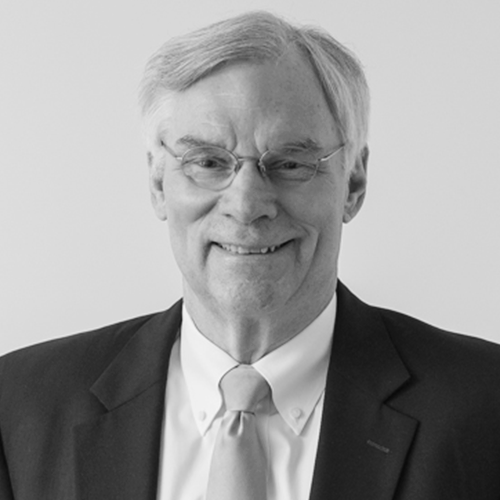There are days at Judi Otteson’s job when the pressure shoves in from all directions. As vice president, chief compliance officer, and general counsel of Neophotonics, she might be dealing with a security filings deadline while the sales department is rapping at her door with an urgent question. Her response when it’s beginning to feel like too much?
Breathe.
“I shut my door, close the blinds, and sit and breathe for a few minutes,” she says. “I shut everything else out and return to my breath.”
It’s a skill she has learned through years of yoga practice: how to calm herself in the midst of turmoil and recapture energy and clarity.
Otteson had practiced various forms of yoga for years, but it was in 2008 that she discovered Bikram yoga and a new level of concentration, calm, and consistency.
Bikram classes are held in rooms heated to 105 degrees, which encourages the body to sweat more and increases focus. Otteson discovered the practice during a challenging time in her life, and it gave her a haven she couldn’t find anywhere else.
She has found that the principles she learned in her practice help her on the job. She teaches a weekly class in the office to a handful of employees who drop their business attire and don sweatpants and T-shirts for the hour-long class.
The following principles are designed to improve physical and mental function. Otteson teaches them to her coworkers to improve not just their personal yoga practice, but their professional clarity and efficiency.
Progress
Yoga encourages its practitioners to view progress as incremental and to not be discouraged when it’s impossible to make a pose or hold it for long. The idea is to push the body to the point of resistance and just a little beyond, rather than straining to the point of injury.
“You can go for months and months, but it’s like pulling out pages of a phone book one at a time,” she says. “The improvements are so tiny you can’t really perceive them. But then you realize, I can hold that pose. When I started, I could barely hold my foot.”
When a project at work becomes difficult, Otteson remembers how she patiently accomplished a difficult pose and applies that to the task, as if it were a yoga pose.
“Things might come into your mind, but you have to release them, because you have to focus on your breath or pose, or you’re going to fall over. Now I know that once I close my office door and really focus, I can get it done.”
Focus
Bikram uses a superheated, humid room to force practitioners to focus. It’s difficult to think about much else when you’re reaching for your foot and sweat is filling your eyes, Otteson says.
Knowing she has the ability to concentrate to that degree allows her to do the same thing at work.
“That’s the beauty of yoga,” she says. “Things might come into your mind, but you have to release them, because you have to focus on your breath or pose, or you’re going to fall over. Now I know that once I close my office door and really focus, I can get it done.”
Energy
Through focused movement and muscle contraction, yoga returns energy to a depleted mind and body, which is important for someone in Otteson’s position.
“I wouldn’t be able to do this job otherwise,” she says. “Between the job and my family, they consume a lot of energy, and really I think yoga gives you that energy back by doing your practice and finding your peace.”
Otteson says she sometimes feels guilty when she prioritizes her yoga practice amidst a hectic work and home schedule, but by the time the class is over, she realizes she did the right thing.
“I’m a lot more productive when I get to a class,” she says. “I’m more focused. Everything turns out better when I have had more yoga.”


